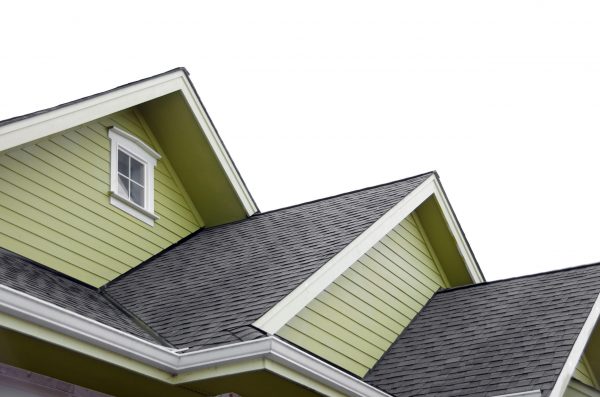If you’re considering a new HVAC system, it’s important that your system is sized up correctly. Get it wrong and you could be spending too much to run your system or it might not be sufficient to heat and cool your home. In this article, we’ll talk about how we size up your HVAC and what a difference a new system can make to your comfort and energy costs.
Bigger Isn’t Always Better
When it comes to choosing a new HVAC system, bigger isn’t always better. You’ll not only pay more for the system at the outset but you’ll also pay out more to run it over the years. Larger systems can also cost more to repair and maintain due to the size and nature of the parts. A common mistake that many homeowners make is to purchase an HVAC system that is the wrong size. This isn’t their fault. They have just been advised badly. At Pinnacle Group, we’re in the business of saving you money, both on your installation and your ongoing running and maintenance costs. No matter what the square footage of your home is, we’ll ensure we get it just right.
What’s the Best Size HVAC System For My Home?
When we size up your new HVAC system, we will use your existing system as a starting point. After all, you’ve no doubt depended on this system for many years. From there, we use a number of factors to determine a suitable upgrade that will give you optimal heating and cooling and reduce your energy costs month to month.
Determining Square Footage
We’ll first work out the floor space in your home. You might already have this information to hand for us, such as on the sales details when you bought your home, or on building plans that may be in your possession. If not, we’ll get to work to calculate it accurately. We’ll go from room to room, measuring as we go, and come up with a total square footage figure for your entire home.
Determining the Base BTU
BTU stands for British Thermal Unit. It’s a measurement used to measure energy for heating and cooling. The approximate amount of energy that is required to heat or cool one square foot in your home is 25 BTUs. To get the figure we need, we multiple the total square footage of your home by 25. We also take high ceilings into account, multiplying the base BTU by 25% to account for the additional space.
So, if your home is 1500 square feet in total, the total BTU figure would be 37,000 BTUs. Once we have the base BTU worked out, we’ll figure out the size of the heating and AC units that will be most suitable. HVAC units are usually measured by the ton. For example, to work out how many tons of AC system you need, we divide the BTU figure by 12,000. Therefore, a 1500 sq. ft. home would need an AC system of around 3 tons (37,000 divided by 12,000).
Single-Stage and Two-Stage Systems
There are two sizes of HVAC systems – single-stage and two-stage. If your desired temperature will not go above the normal setting for the winter and summertime, a single-stage system should be sufficient. On the other hand, if you live in an area where the temperatures can get to extremes on either end of the scale, you might be best to choose a two-stage system.
The Manual J Calculation
Professionals in the HVAC industry also use a calculation known as the Manual J calculation to determine the best size system to suit your home. This requires measuring the cubic feet in your home and making a note of what attic insulation you have and the climate where you live. We’ll then show you the options you have available to choose from and explain the features of each one. Our assessment and calculation process is highly accurate and will ensure the system you receive for your home is the most efficient and sufficient model for your needs.
Choose the Best For Your Home Comfort
At Pinnacle Group, we offer years of experience when it comes to choosing the right HVAC system for your home. If you are looking for the perfect upgrade, speak to our team today. We’ll match you with a system that gives you optimum performance and comfort all year round. Call us today to find out more about our HVAC installation services and to schedule an appointment.


